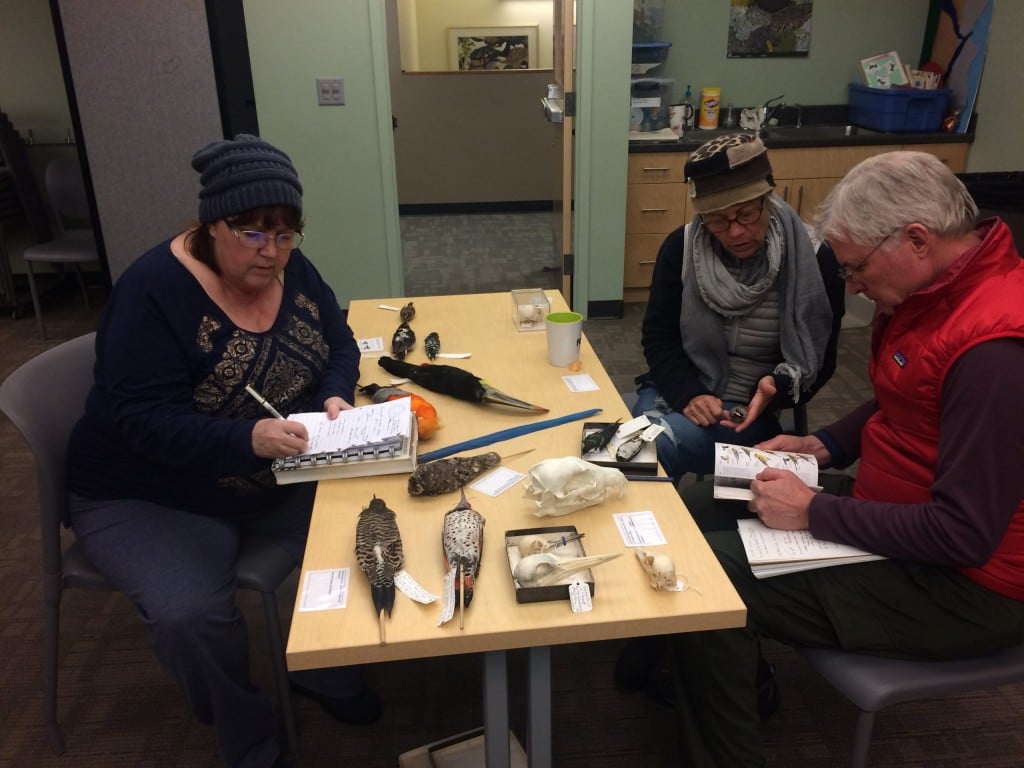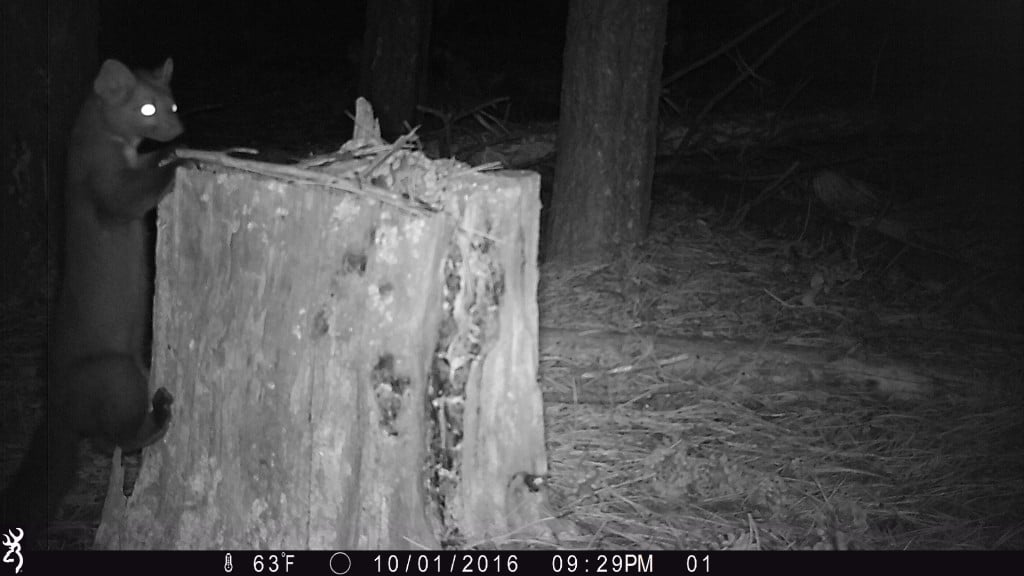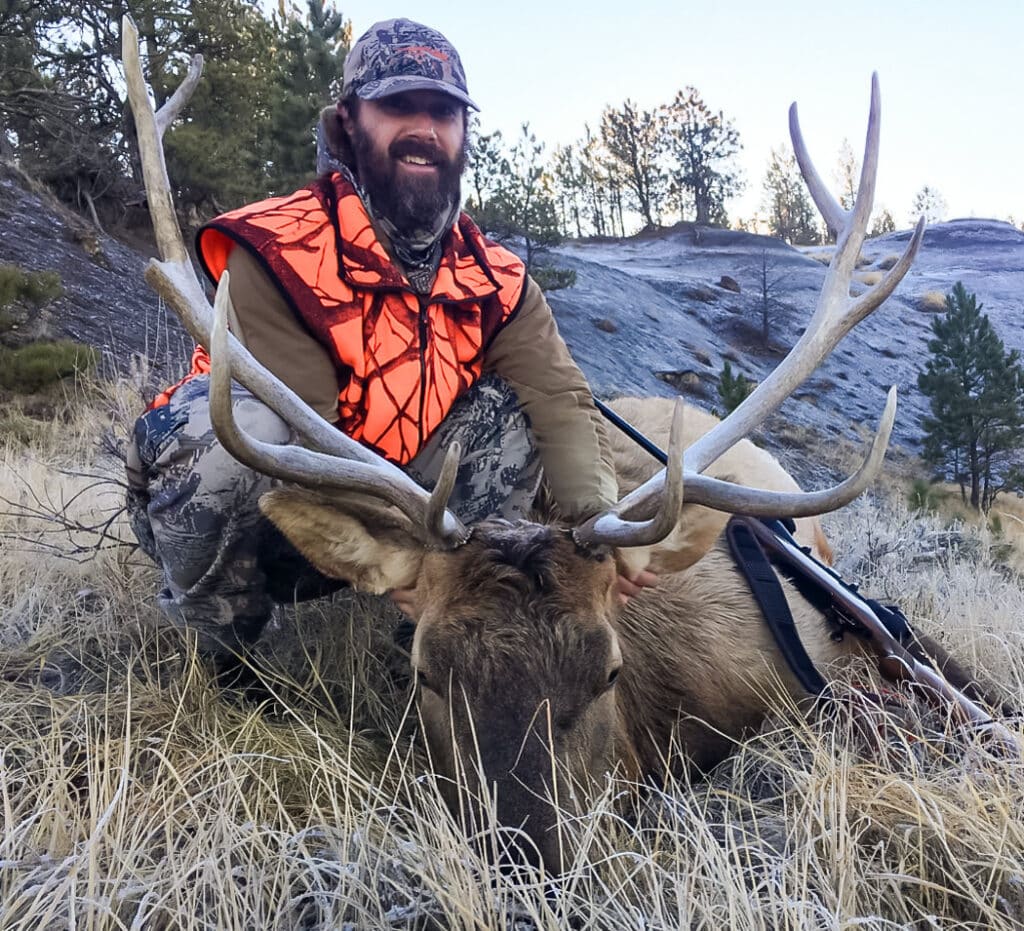I am a passionate bowhunter and love talking gear. While discussing gear is fun, I also recognize that budgets are tight, and articles like this can be overwhelming. My approach to acquiring equipment is a gradual process that has taken years to execute. I shop sales and look for deals. My favorite gift is gift cards (hint, hint). I borrow items I’m missing from friends and use that time to determine whether I need that item. No matter what your budget, the most important thing is that you can have incredible experiences in the field. Make that your priority, and let the acquisition of gear follow.
The Hierarchy of Gear
Everyone has a “hierarchy of gear.” This hierarchy is the list of things that you need when you go hunting in order of necessity. Everyone’s list looks a little different, but we all have one. Knowing your hierarchy of gear will help you decide what equipment you need to add to your system and when to add it. My top five items that I need, in order of importance, are:
- Weapon
- Boots
- Pack
- Optics
- Clothes
Boots
In my hierarchy of essential gear, boots are second only to my weapon. My boots of choice are the Crispi Idaho II GTX. They are reliable, do it all boot that performs whether you’re chasing elk through the mountains or hiking to a tree stand along a river bottom. If your feet are wet, blistered, and hurting, you will have a hard time enjoying your hunt. If you’re tight on funds, I recommend looking for an uninsulated boot that you can wear during the archery season and add an extra sock to during the rifle season. You should also be aware that you don’t need to buy “hunting” boots. Most hiking and mountaineering boots will work equally well for a hunt and can then be multi-purposed for your other adventures.
Back Pack
The third item in my gear hierarchy is my pack. For me, the ideal pack is one that can be used as a daypack or as a multi-day pack. Whatever backpack you choose, make sure that it can handle the weight of a pack out. I look for packs with an internal frame and an external load shelf to handle packing out harvested meat. I use the Sky 5900 from Stone Glacier, an expedition pack that can convert down into a daypack. Stone Glacier is a Montana company who’s products are made in the USA. They also give back to conservation and have supported MWF. If you’re looking for a less expensive option, check out ALPS Outdoorz or the King’s Camo Mountain Top 2200. You can also use a regular backpacking pack, but bring something to line the inside or be prepared to wash it should you need to pack out meat.
Optics
If you can’t find game, it’s hard to hunt. Optics give the hunter an advantage when it comes to spotting wildlife. I spend a TON of time glassing, but I still like to keep my optics simple. Because of the light, run, and gun style of hunting that I practice, I don’t use a spotting scope. I also don’t care about seeing the animal in great detail. I just need to know is it an elk and is it a cow or bull. For me, 10×42 binoculars do everything I need in the field. I use the Maven Optics 10×42 due to their combination of sleek design and superior glass.
Clothes
My first season hunting, I had roofing boots, double knee Carhartts, and cotton shirts. My clothing options have come a long way since those days. Whether one believes that camouflage is needed or not, having comfortable clothes while hunting makes a big difference. I use synthetics that are breathable and durable. I have been adding in some merino wool products in strategic situations.
I’ve tried most major hunting lines, and there are pros and cons to each. If you have the funds, I would recommend Sitka Gear. They are a Montana company that gives back to conservation and makes fantastic products. If your budget is tighter, you can pick up some very usable Realtree, synthetic camo from your local Walmart or sporting goods store. Between those two options, there is a spectrum of options that will also work. DON’T let your clothes hold you back. There are many options out there that won’t break the bank, and most outdoor clothing is good enough with which to start hunting. My one rule is to avoid cotton due to its tendency to absorb moisture and cause chafing.
You can download my full gear list HERE. I use an excel form that Brady Miller from goHunt.com developed. This sheet is a good starting point and checklist for you to use as you plan your next adventure. Download the file and adjust it to fit your needs. If you have any questions about hunting gear, contact MWF Program and Partnership Director Marcus Strange at mstrange@mtwf.org.



